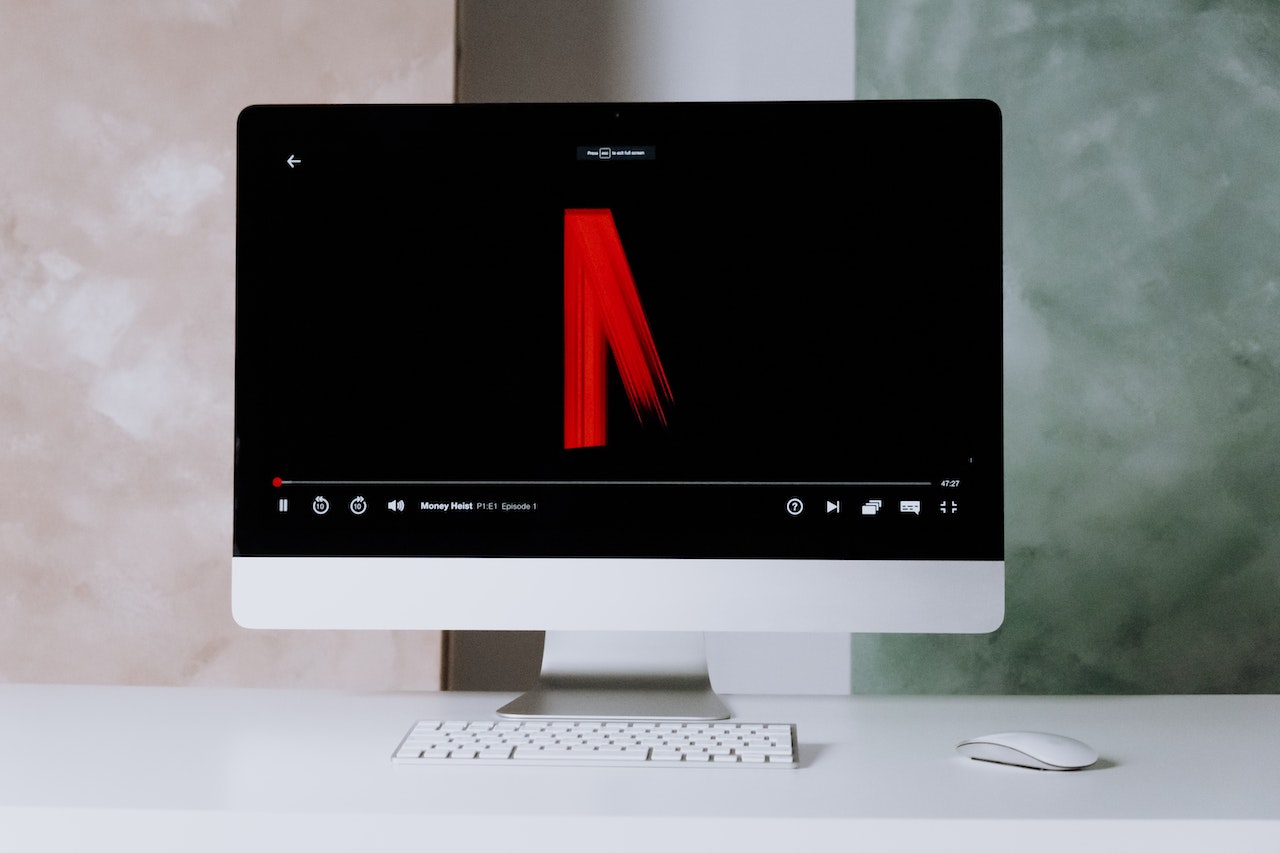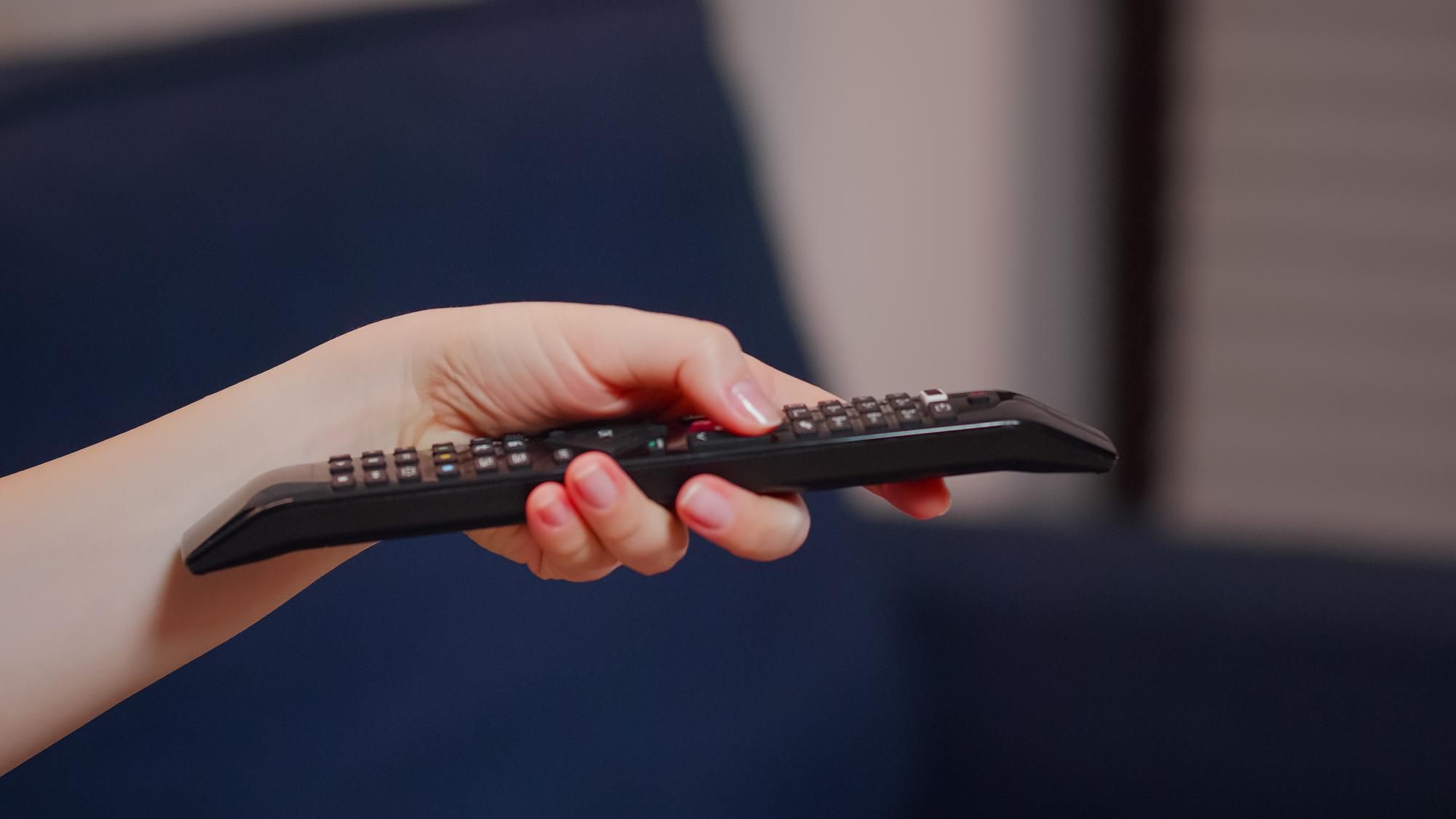The rise of streaming services has led many people to question whether cable TV is still worth the expense. With so many options available, it’s important to weigh the pros and cons of cutting cable TV and switching to streaming services.
Pros:
- Cost Savings: One of the biggest benefits of cutting cable TV is the cost savings. Cable TV can be expensive, with monthly bills often exceeding $100. In contrast, many streaming services are significantly cheaper, with options ranging from $5 to $50 per month. This can lead to significant savings over time.
- More Control: With streaming services, you have more control over what you watch and when you watch it. Instead of being tied to a rigid TV schedule, you can watch your favorite shows and movies whenever you want. This can be especially helpful if you have a busy schedule or if you want to watch shows that air during non-traditional hours.
- Access to Exclusive Content: Many streaming services offer exclusive content that you can’t find on cable TV. For example, Netflix has created numerous original series like “Stranger Things” and “The Crown,” while Hulu has produced its own shows like “The Handmaid’s Tale.” Additionally, some streaming services offer access to movies that are not available on cable TV.
- No Long-Term Commitment: Most streaming services offer month-to-month subscriptions, which means you can cancel at any time without penalty. This can be especially helpful if you’re uncertain about committing to a particular service or if you only want to use it for a short period of time.
Cons:
- Limited Live TV: While many streaming services offer access to live TV, the options are often limited. For example, some services only offer local channels, while others may not have sports or news channels. This can be a dealbreaker for people who want access to live TV programming.
- Dependence on Internet Connection: Streaming services require a high-speed internet connection in order to work properly. If your internet connection is slow or unreliable, you may experience buffering or poor video quality. Additionally, if your internet service provider imposes data caps, streaming services can quickly eat up your data allowance.
- Additional Costs: While streaming services can be cheaper than cable TV, there may be additional costs to consider. For example, you may need to purchase additional equipment like a streaming device or a smart TV. Additionally, some services may offer only a limited selection of content, requiring you to pay for additional add-ons or channels.
- Learning Curve: Switching to streaming services can require a learning curve. With so many options available, it can be overwhelming to decide which service to use and how to access the content you want to watch. Additionally, some services may have different user interfaces or controls, which can take some time to get used to.
In conclusion, cutting cable TV and switching to streaming services can be a great way to save money and gain more control over your entertainment options. However, it’s important to weigh the pros and cons before making a decision. If you’re someone who enjoys live TV programming or is concerned about internet reliability, cable TV may still be the best option. On the other hand, if you’re looking for more flexibility and access to exclusive content, streaming services may be the way to go. Ultimately, the choice comes down to your individual needs and preferences.








